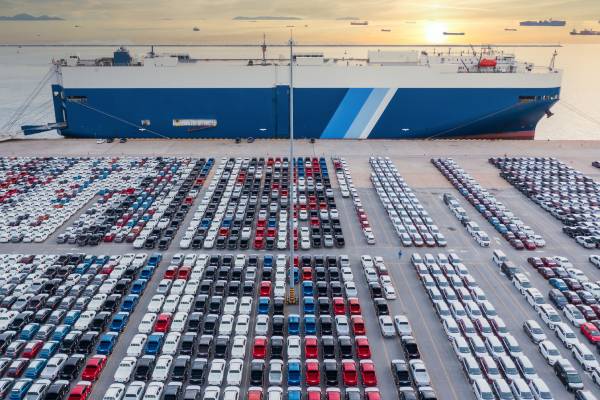
As 2025 begins, the global logistics landscape remains uncertain, with challenges ranging from geopolitical instability to climate-related disruptions. Supply chains must evolve to not just survive but thrive in the face of these hurdles. Businesses are increasingly adopting strategies to make their supply chains antifragile, able to adapt, and grow stronger through disruption.
The concept of an antifragile supply chain emphasizes flexibility, preparedness, and technology. Companies like Maersk are leading the way with innovative solutions, such as their Gemini East-West network launching in early 2025. “Disruptions are inevitable, but the right planning and partnerships can minimize their impact,” said a Maersk spokesperson.
Here are five strategies to make supply chains antifragile in 2025:
1. Build Resilience with Flexible Networks
Networks that can adapt quickly are less likely to experience domino effects from disruptions. Maersk’s Gemini network, for example, uses mainliners and smaller shuttle routes to isolate issues at ports and keep goods moving.
2. Embrace Technology
Real-time tracking and AI tools provide visibility across the supply chain, helping businesses make data-driven decisions. IoT-enabled sensors can monitor shipments live, reducing delays and boosting efficiency.
3. Plan for Anything, Not Everything
Contingency planning is critical. Working with logistics providers that offer pre-planned solutions, like risk assessments and alternative transportation options, ensures supply chains can handle unexpected challenges.
4. Diversify Supply Chain Sources
Avoid over-reliance on single suppliers or routes. Nearshoring—bringing production closer to consumer markets—can cut costs and reduce risks from global disruptions. Stockpiling key materials can also provide a buffer during trade delays or embargoes.
5. Stay Ahead of Tariffs and Regulations
Changing customs rules in the U.S. and EU will require businesses to adapt quickly. Partnering with logistics providers experienced in navigating regulations can prevent costly delays and ensure compliance.
As 2025 unfolds, these strategies will help businesses mitigate risks and seize opportunities, ensuring their supply chains remain robust and adaptable.